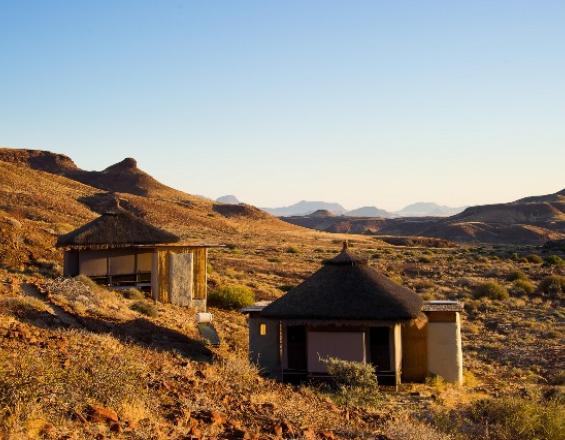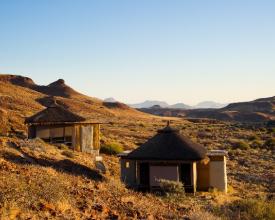Making protected area concessions work for communities

The long-term partnership at Damaraland Camp between Wilderness Safaris (private sector; WS) and the Torra Conservancy (community) in Namibia illustrates that tangible benefits from such joint venture partnerships play an important role in development and poverty reduction, with intangible benefits improving social welfare, biodiversity conservation and local economic development.
Context
Challenges addressed
Location
Process
Summary of the process
Building Blocks
Establishing community-private sector partnerships
Enabling factors
Lesson learned
Creating employment and skills training and development
Enabling factors
Lesson learned
Resources
Preferred use of local suppliers of goods and services
Enabling factors
Lesson learned
Managing expectations and benefit-sharing
Enabling factors
Lesson learned
Development of various community and social welfare projects
Enabling factors
Lesson learned
Impacts
A total, for community levies only, of over NAD 3.3 million (approx. USD 235 000) has been paid by Damaraland Camp to the Torra Conservancy between 1st March 2011 and 29th February 2016. In terms of employment, Damaraland Camp employs 30 individuals, 77% from the Torra Conservancy. The building of the Camp required 20–30 unskilled, casual labourers, some of which went on to find permanent employment in the Camp and in other WS camps in Namibia. Damaraland Camp guests visit nearby villages and the Camp makes use of laundry services, wood purchases, and road maintenance from local community members, further injecting an amount of NAD 123 816 (approx. USD 9524) into the local economy from 2011 to 2015. Staff costs, in terms of wages, meals, housing, uniform and training totalled more than NAD 8.89 million (USD 635 000) over the six year period (March 2011-Feb 2016). Extensive positive biodiversity impacts have also resulted from the partnership, including the recovery of a number of species, including Hartman’s mountain zebra, elephants and black rhino.
